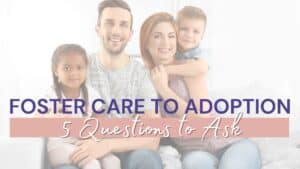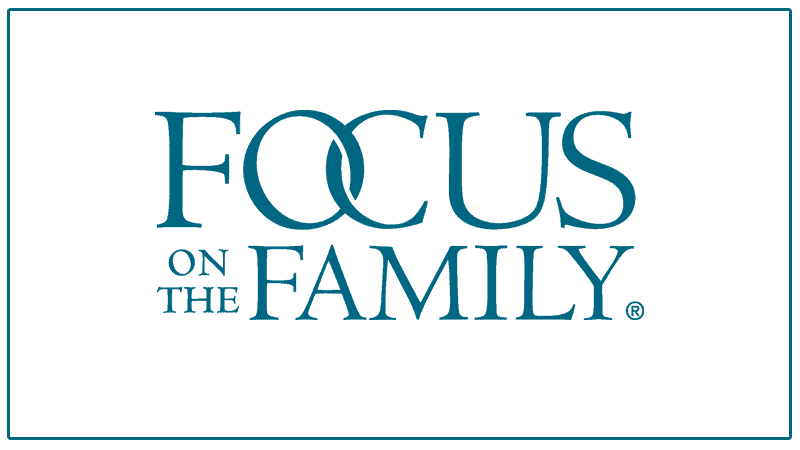
Foster Care to Adoption: 5 Questions to Consider
If you’re hoping to adopt a child, becoming a foster parent is often a great way to bring into your home a child who may,

Telling the story should not be a one-time event but an ongoing process as the child grows.
Estimated reading time: 4 minutes
There are many creative ways for adoptive parents to share their child’s adoption story. Telling the story should not be a one-time event but an ongoing process as the child grows. An effective tool for doing just that is the life story book.
Much like a child’s baby book, the life story book captures and preserves the details of a child’s past before she entered the adoptive family. It connects the past to the present and provides continuity of the child’s life story.
If a child enters her adoptive home as an infant, she will probably have no memory of the people in the past. This is also true for toddlers or older children. The adoptive parents’ task is to become the child’s memory storehouse and to fill in memory gaps with any information they can gather.
“Children will ask the questions they feel they have the permission to ask. They have to be grounded enough and whole enough to ask questions they feel they don’t have permission to ask.”
—Jane Hoyt-Oliver, LISW, Ph.D., Chair of Social Work Program, Malone College
The following information, if available, can be written into a child’s life book:
If the child is older at the time of placement, the following will expand the basic information listed above:
According to Betsy Keefer Smalley of the Institute for Human Services in Columbus, Ohio, “Teens, who have spent any amount of time in foster care and enter adoption or independent living, have probably lost track of the important details of their lives. They probably do not have many mementos of their past — little or no birth information or pictures. They do not have a record of where they lived and the people with whom they lived, the schools they attended, and the achievements they obtained. Putting a life book together for a young teen requires investigative work and perseverance. However, it may be the youngster’s only link from a confusing and disjointed past to a more stable future. The life book for the teen should include as much information from birth, medical, and developmental records that can be traced.”Betsy Keefer and Jayne Schooler, Telling the Truth to Your Adopted or Foster Child, (Westport, CT: Begin and Garvey Publishers, 2000), 119.
Finding this information can be challenging. Parents should take a proactive role in gathering information. The following are suggested places to look:
The life story book should always be readily available to the child. However, it is highly recommended that parents keep the original life story book and make a colored copy for the child to keep. Because the life story book is so valuable for the child, preserving it should be a high priority. Occasionally, a child may become angry and destructive, and as a result, destroy the life story book.
Bringing up the life story book and its contents to a child can be a sensitive subject. Often, birthdays and holidays are emotional triggers for loss issues. These would be good times to mention the life story book and offer to sit down with the child to go over it again.